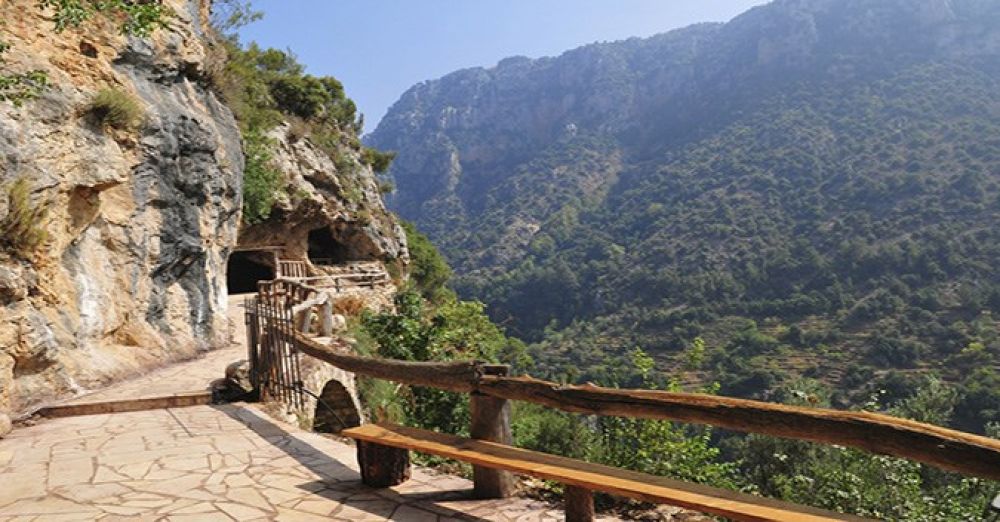

Nestled in the heart of northern Lebanon, the Kadisha Valley, also known as the Qadisha Valley, is one of the oldest and most enchanting spots for hikers and history enthusiasts alike. The valley, a UNESCO World Heritage site, carves through the Mount Lebanon range, with trails that offer breathtaking views and an unforgettable trekking experience.
Hiking in the Kadisha Valley can range from leisurely walks to challenging treks, and it unveils a range of monasteries and hermitages that date back to the early Christian era. The rich history and serene natural beauty provide a unique combination that is both spiritually and physically rewarding.
The trails often start from the picturesque town of Bsharri, winding through ancient settlements and monastic complexes, such as the Saints Sarkis and Bakhos Church, the Mar Elisha Monastery, and the Qannoubin Monastery. These sacred sites reflect the valley's past as a refuge for Christian hermits seeking solitude and safety.
A trip to Lebanon is incomplete without visiting the famed Cedars of God. Located near the town of Bsharri, these ancient cedar trees are Lebanon's most prized natural treasures. The Cedars of God is a remnant of the extensive forests that once thrived across Mount Lebanon in antiquity, and they have been protected since ancient times. Some of the trees are more than 1,500 years old, serving as a symbol of the country and depicted on the national flag.
Visitors to the reserve can enjoy the majesty of these ancient trees through well-marked trails that allow for both easy walks and more adventurous hikes. The Cedars of God also hold deep spiritual significance and have been mentioned in various religious texts, including the Bible.
The history of tourism in Lebanon can be traced back to the early 20th century when the country was known as the "Switzerland of the East." Throughout the 1950s and 60s, Lebanon experienced a tourism boom, attracting visitors with its cultural heritage, vibrant nightlife, and natural beauty.
The Lebanese Civil War (1975-1990) led to a significant decline in tourism; however, after the war's end, Lebanon began to rebuild its tourism industry. Beirut, once again, emerged as a cultural and nightlife hub of the Middle East. In recent years, Lebanon has been increasingly recognized for its outdoor activities, culinary experiences, and historical landmarks like Baalbek, Byblos, and Tyre.
The latest trends in Lebanon's tourism highlight sustainable travel and ecotourism. Visitors are increasingly interested in experiences that connect them with local communities and nature. Agritourism is gaining popularity, with tourists participating in local farming and wine-making processes. Additionally, with the increased focus on conservation, the Cedars of God and other natural reserves are receiving more attention, promoting environmental awareness and preservation efforts.
Lebanon's tourism sector continues to evolve, as it intertwines cultural depth with the revival of natural landscapes. The Kadisha Valley trails and the majestic Cedars of God remain central to Lebanon's allure, ensuring that its unique blend of history, religion, and natural beauty continues to enchant travelers from around the world.